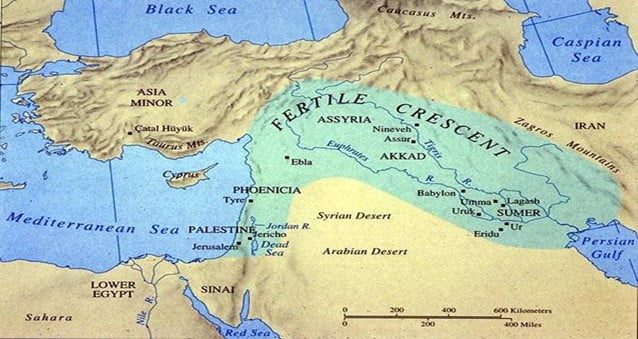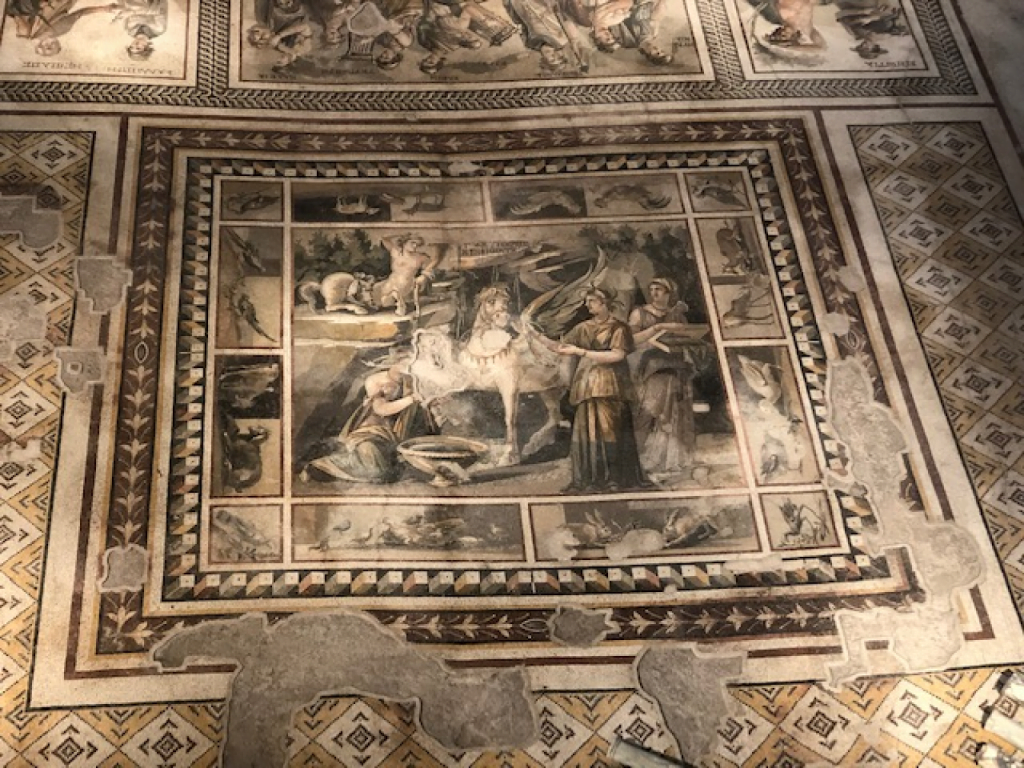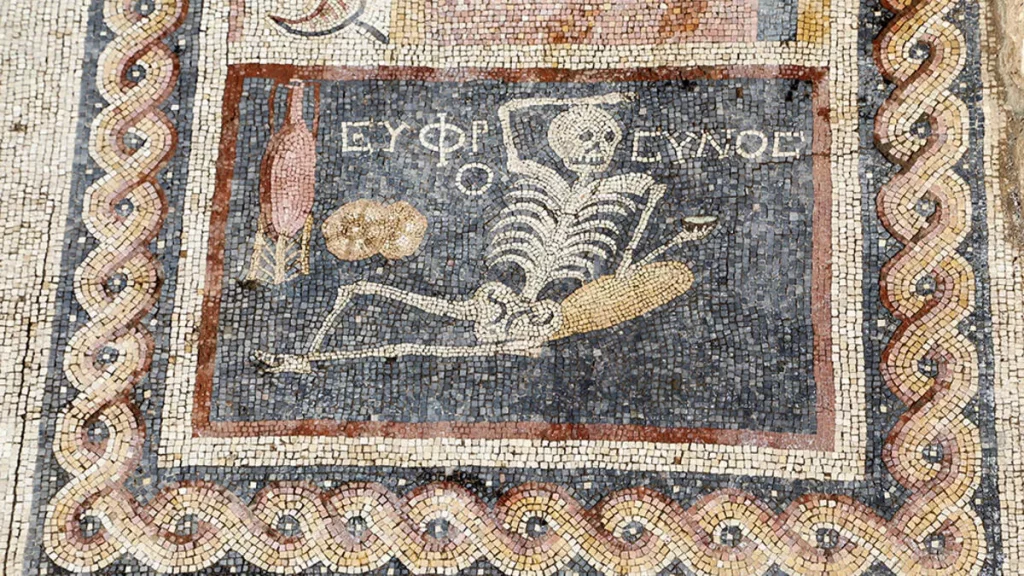Table of Contents
From the Ancient World through the Modern Age – Part I
Since the beginning of history health always become a major concern of humanity. First of all, protecting health, seeking treatment, and terms of medical sciences were always inseparable parts of each other.
In the Pre-Historic ages, humanity, first, focused to protect their current health against nature and wild animals. Our ancestors chose the way to sleep in the trees so while they are sleeping, they would protect themselves. It must have lasted for centuries because that habit still lives with us instinctively and unconsciously. You must have experienced the feeling of falling from a height when you are almost going to sleep once in your life. This is the control mechanism of our brains to protect ourselves from falling from the trees and prevent bone fractures. Now you can relate that feeling with this issue if you didn’t think about it before.
Thankfully the fire was discovered so our ancestors didn’t need to sleep in trees anymore, made safe shelters in caves, and languages, and art was born. Those who are interested in this topic can check the Canadian movie cast in the 1981 ”Quest for Fire”.
People do instinctive work as they are by nature. We use our instinct to do things like stop bleeding by pressing our fingers or trying to tape them from above, putting a child or adult who suffers from fever in cold water, and squeezing the nose in case of nosebleeds. Later, people who started to learn through the “trial and error” method discovered the beneficial and harmful medicinal effects of many plants.
Medicine is one of the oldest professions in the world. Since these first people who practiced medicine, knowledge, and experience have been accumulated and transferred for centuries with the master-apprentice relationship. In prehistoric times, diseases were associated with spirits, supernatural powers, and the anger of gods, so physicians were also called by different names. The objective handling of disease sources lasted until the birth of positive sciences in ancient Greece, Egypt, and Anatolian civilizations.
Earliest Written Sources About Medicine
Sumerians, Assyrians, and Babylonians
The oldest medicine tablets of Mesopotamia were recorded by the Sumerians at the end of the third millennium BC. The oldest of these tablets was created by a Sumerian physician. B.C. The physician, who lived towards the end of the third millennium BC, gathered his most valuable medical prescriptions for his colleagues and students. This document, which is the oldest known medical “handbook” in human history, was unearthed by an American excavation team and taken to the Philadelphia University Museum. The first to work on this tablet was Dr. Leon Legrain. However, this is a situation beyond the cuneiform expert alone. It was Martin Levey, a Philadelphia chemist who later studied the chemical content of the tablet Kramer was working with. As a result of Kramer and Levey working together for weeks, the readable parts of humanity’s first drug formulas booklet have been brought to science.
Similar drug formulas and prescriptions created by the Sumerians were later copied and used by Assyrian physicians. In these texts on tablets, medical issues, and diseases are stated very briefly, and more about what to do is explained.
A tablet from the time of the Assyrians and recorded by a doctor named Nabû-leu also has these general features. This tablet is arranged in three columns. The name of the plant is written in the first column, the disease it is good for in the second column, and the preparation and use of the drug in the third column.
The most important document for Babylonian medicine is the “Laws of Hammurabi”. In the articles of the law, surgeons are discussed rather than physicians. When the items are examined, it is understood that surgeons are rewarded when they are successful, otherwise they are punished. The law also determines how much surgeons will be paid.
It is possible to obtain information about the diagnosis methods of the diseases from physicians’ available sources. Mesopotamian physicians observed clinical symptoms very carefully. Usually, the physician who went to the patient’s home ended his illness by asking him questions. The physician first examined the color, general appearance, and movements of the patient. Listening to the patient’s breathing and bowel sounds, measuring the body temperature by touching the hand, and looking at the smell of the patient’s breath were the methods used for diagnosis. In the methods used by the physician for diagnosis; The condition of the mouth and tongue, the appearance of the urine, and the view of the eyes are also discussed. As an example, we can give the following: If the patient’s mouth is red, the patient will be fine, if it is black, the patient will die. If the urine is red, the patient will recover, if the patient cannot urinate, that person will die.
As the first steps of health tourism, hot water springs can be given besides the written process starting with Sumerians. Between close distances, people must be visited those places like the ones discovered in Switzerland, France, Germany, and Mesopotamia.











